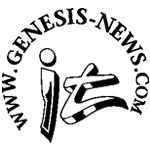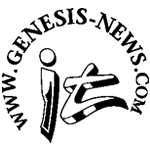This was answered earlier, but made me wonder if he ever used the mellotron on flute setting. I can't think of any instances, I could be missing them but I'm assuming that with a flautist in the band there wasn't any need. But I also can't think of any post-PG either.
He did. There's a nice short passage in the acoustic opening part of Can-Utility ("but the rising tide absorbs them, effortlessly claiming"); the intro of Battle of Epping Forest is Peter's flute plus the mellotron flute register together in thirds; and I think you can hear it in Get 'em out by Friday too in the Mrs Barrow verse, though I'm not sure if this isn't the Hammond. And if I'm not wrong it appears one more time in the little interlude between Lilywhite Lilith and The Waiting Room.

